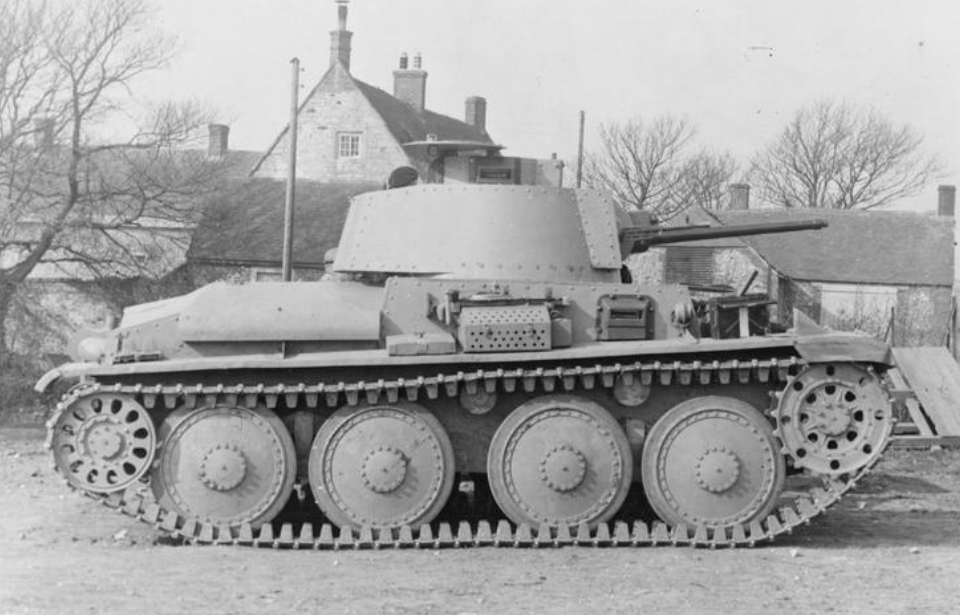Tanks are often thought of as a technology of the First World War, but the Czech Panzer 38(t) played a major role in some of the most decisive battles early on in World War II. Czechoslovakia was annexed by Germany in March 1938, meaning the Germans now had access to the Czech ČKD LT vz. 38, a state-of-the-art tank that would see service in Poland, France and the Soviet Union with the Wehrmacht.
Development of the Panzer 38(t)
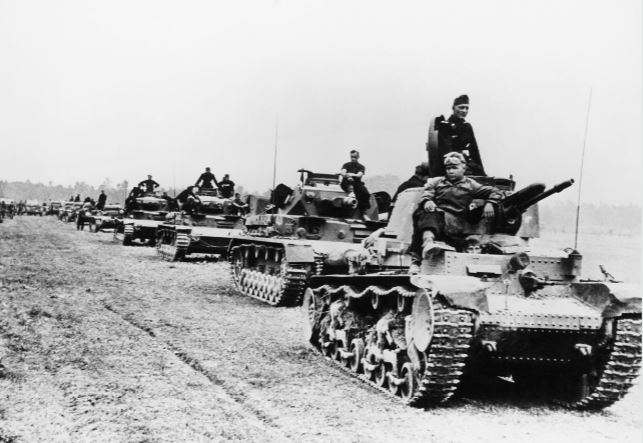
The tank that eventually became the Czech Panzer 38(t) came from a competing arms interest that’d developed in Czechoslovakia in the wake of the First World War. Czech arms companies Škoda and ČKD were in direct competition for Czechoslovakian Army contracts throughout the interwar years.
In 1935, they jointly produced the Lehky tank vzor 35 (LT vs. 35 or LT-35). However, it was complex and had shortcomings. The LT-35‘s pneumatic steering and gear change systems tended to seize up in cold conditions, and the extensive use of rivets used in the hull’s construction caused major commotion in the crew compartment if the tank was hit by enemy fire.
In October 1937, the Ministry of National Defense of the Czechoslovak Republic issued a specification for a replacement light tank. As it happened, ČKD was already working on a new line of armored vehicles.
This new design adopted a Christie-type system (giving the tank more speed), with four large road wheels on each side, complete with layers of leaf springs for suspension. Steering was also improved by replacing the pneumatic system used by the LT-35. This TNH design was implemented on the AH-IV export tankette and exported to Iran, Peru, Switzerland and Latvia.
In 1938, ČKD produced a modified version of the TNH for a new Czechoslovakian specification, known as TNHPS. As a result, the Czechoslovakian government placed an order for 150 LT-38s, but when Czechoslovakia turned the Sudetenland over to Germany, most defense contracts were canceled.
German annexation of Czechoslovakia
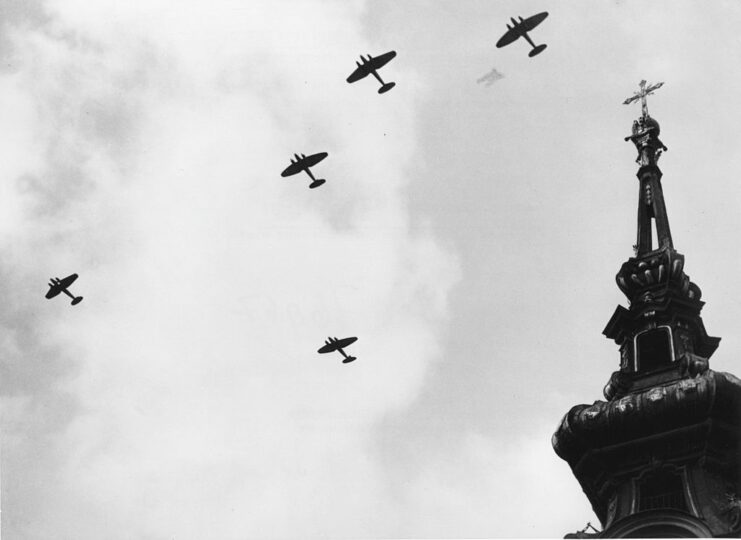
Before the onset of the World War II, the German military actively engaged in expanding its new Panzer divisions. Consequently, attention was given to the development of new tank types in the interwar period. However, due to stipulations laid out by the Treaty of Versailles and the lack of production capacity in Germany, the more desirable and stronger Panzer III and IV couldn’t be produced in sufficient numbers. Instead, the Wehrmacht was forced to rely on their weakly armed Panzer I and II.
Luckily for the Germans, they came into possession of the Śkoda and ČKD factories during the annexation of Czechoslovakia. In the spring of 1939, the Wehrmacht integrated around 200 LT-35s into its light divisions. More importantly was the acquiring of about 150 LT vz. 38s, although not all of them were completed during the annexation.
Both the LT-35 and LT-38 saw active service during the Second World War, but the Germans were primarily interested in the latter, as it was far superior to the Panzer I and II and more closely resembled the larger Panzer III.
Ramping up production of the Panzer 38(t)
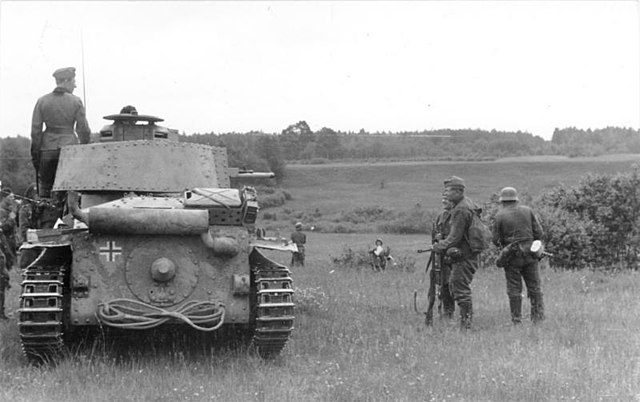
Following the German invasion of Czechoslovakia, the LT vz. 38 increasingly was referred to as the Panzerkampfwagen 38(t) – alternatively, Panzer 38(t). The “T” referred to “Tschechisch,” which is German for “Czech.”
Around 1,400 Panzer 38(t)s were built after Czechoslovakia’s annexation, and several were sold to other Axis powers throughout the Second World War, including Hungary (102), Slovakia (69), Romania (50) and Bulgaria (10).
During production, some minor changes were made to the Panzer 38(t), to add thickness to its armor and a German voice radio and intercom system. Overall, however, its construction and design were relatively unchanged from its inception until the tank was discontinued in 1942.
At the start of the conflict, the Panzer 38(t) was a well-balanced vehicle with good maneuverability, a solid tank gun and thick armor. As the fighting continued, newer models were introduced, designated by “Ausfürhung” (“model”) denominations.
Features of the Panzer 38(t)
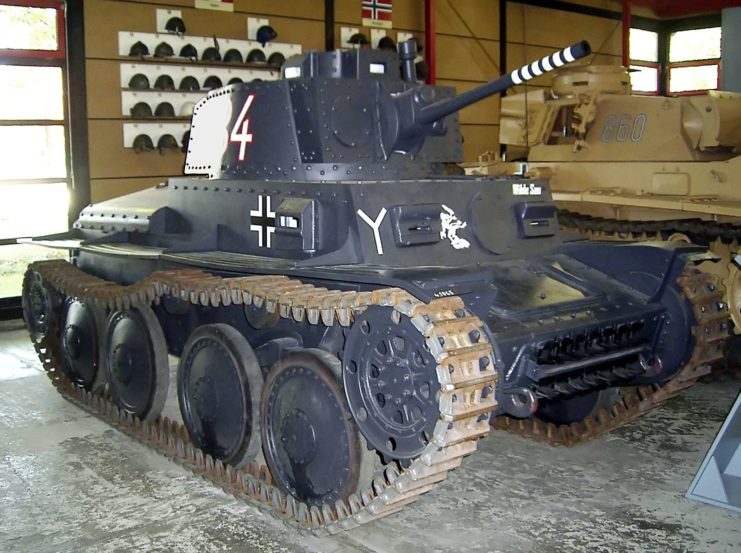
Physically speaking, the Panzer 38(t) looked very similar to the Panzer 35(t). The main external difference was the four large road wheels on each side of the vehicle. It was also slightly shorter and lighter than the 35(t). This narrowness was beneficial because it allowed it to easily maneuver around, but, ultimately, it posed an issue, as it was impossible to mount larger guns in the turret.
The turret was mounted centrally between the tracks, but slightly nearer to the front than the rear. It had a 37 mm A7 gun, which proved to be adequate when confronting British and French light and medium tanks at short ranges. The Panzer 38(t) also had a machine gun in a ball mount, with a second mounted in the front of the superstructure.
The primary advantage of the Panzer 38(t) was its high reliability and sustained mobility. In many cases, crews reported that the different components of the tank, including the engine, gear, steering, suspension, wheels and tracks were perfectly in tune with one another. The Panzer 38(t) was also considered east to maintain and repair.
German invasion of Poland
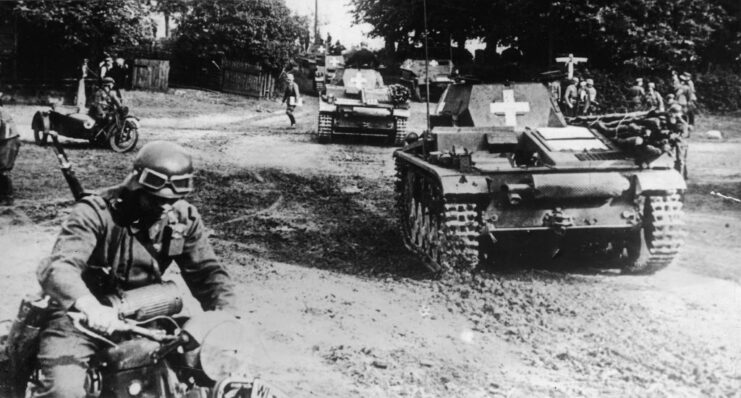
In September 1939, at the time of the German invasion of Poland, the Panzer-Abteilung 67 (67th Tank Battalion), part of the Third Leichte Division (Light Division), had 57 Panzer 38(t)s in their possession.
Originally, the Wehrmacht wanted to equip the three companies within the 67th Tank Battalion with the tanks, but there weren’t enough to do so. This lack meant that they were also equipped with Panzer IIs.
The first Panzer 38(t) was lost in battle on September 6, 1939, when it was struck by a Polish 3.7 cm anti-tank gun. Altogether, during the invasion, the Third Light Division lost only seven, all of which were recovered, reassembled and returned to action.
Generally speaking, the Panzer 38(t) performed well during the invasion. There were only minimal equipment and mechanical breakdowns, but, like other German tanks, it lacked serious armor protection. Polish anti-tank guns were able to penetrate the Panzer 38(t)‘s frontal armor up to a range of 300 meters away and anti-tank rifles could from up to 100 meters away.
Battle of France
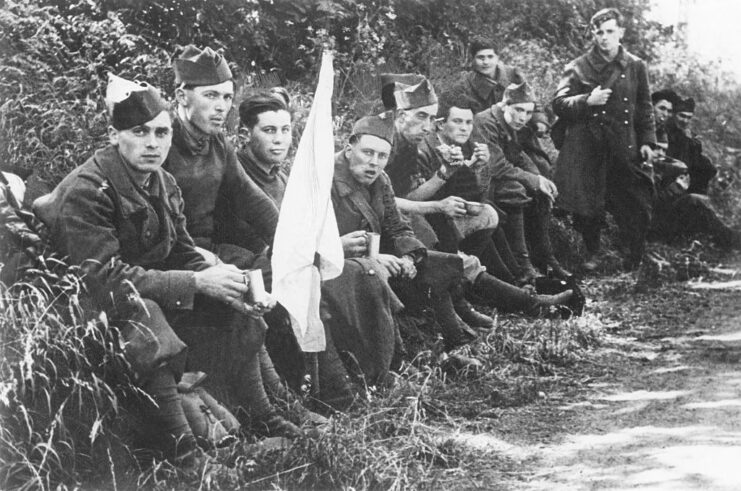
The Battle of France saw the light tank divisions replaced by full-blown Panzer formations. During the invasion of France, 228 Panzer 38(t)s saw active service, most with the 7th and 8th Panzer Divisions, while the 6th Panzer Division relied more on the Panzer 35(t).
Both the 7th and 8th were involved in the main armored thrust that cut through the French lines. The 7th, under the command of Erwin Rommel, was located on the right flank, while the 8th was at the center. French tanks, like the Renault FT-17, Hotchkiss H-39 and the Renault R-35, were no match for the Panzer 38(t). Even medium and heavy tanks were destroyed.
At the end of the Battle of France, the Panzer 38(t) was upgraded. In September 1940, the Panzer 38(t) Ausf. D entered service, with E and F models appearing in November 1940. The 1940s’ upgrades included an increase in frontal armor and the tank’s top speed.
Operation Barbarossa
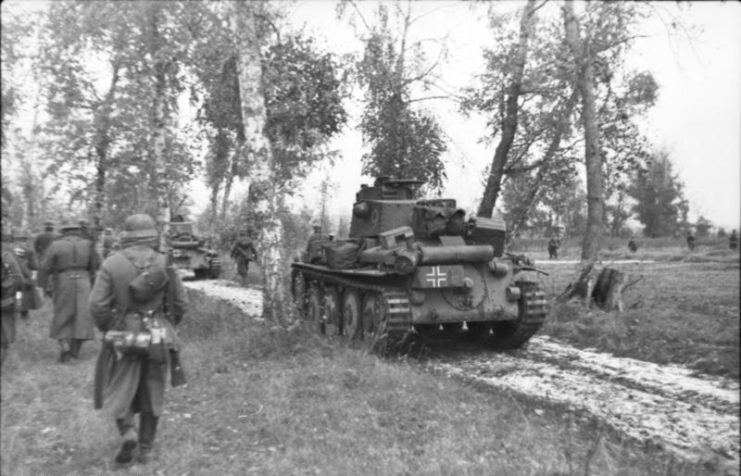
By 1941, the status of the Panzer 38(t) was changing within the Wehrmacht. While later Panzer tanks were better armored, the 37 mm guns remained the same throughout each upgrade. By 1941, other German tanks, including the Panzer III and IV, had much more powerful guns and were pulling ahead of the Panzer 38(t), in terms of usefulness and reliability.
Nonetheless, the Panzer 38(t) was used in Operation Barbarossa, the German invasion of the Soviet Union. Three more Panzer divisions were equipped with tank, alongside those that had been used in the invasion of France.
Although the Panzer 38(t) had faired well in early conflicts of the Second World War, it was no match when pitted against Soviet tanks, especially the newer T-34 and KV series. Heavy losses were reported, and, gradually, German Panzer divisions began transitioning away from the Panzer 38(t), in favor of the Panzer IIIs and IVs.
Ending development of the Panzer 38(t)
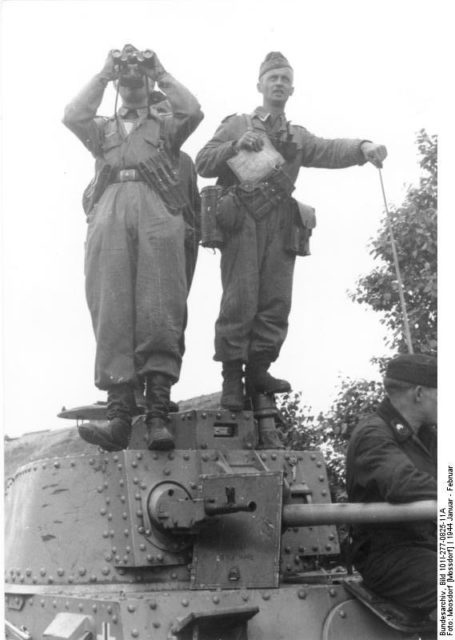
Along with the invasion of Poland, France and the Soviet Union, the Panzer 38(t) saw action in Greece, the Balkans and the Netherlands. However, by 1942, it was clear the tank was becoming increasingly obsolete. Production officially ended in 1942 after a total of 1,400 had been produced.
The Panzer 38(t) saw itself repurposed for other functions after this. The Wehrmacht supplied its allies with weapons, including the tank; in March 1943, in an attempt to rearm their Romanian allies, the Germans gave 50 Panzer 38(t)s to the country. These tanks were then used by the Romanian Army to fight the Soviets, but ultimately performed poorly against the Red Army.
More from us: Kugelpanzer: What Was the Purpose of This German Armored Vehicle?
Want War History Online‘s content sent directly to your inbox? Sign up for our newsletter here!
Over 351 turrets from Panzer 38(t)s were used as stationary bunkers all around Europe during the Second World War. Despite the tank’s production being halted in 1942, the Czech-made vehicle continued to serve a purpose throughout the entirety of the Second World War.
